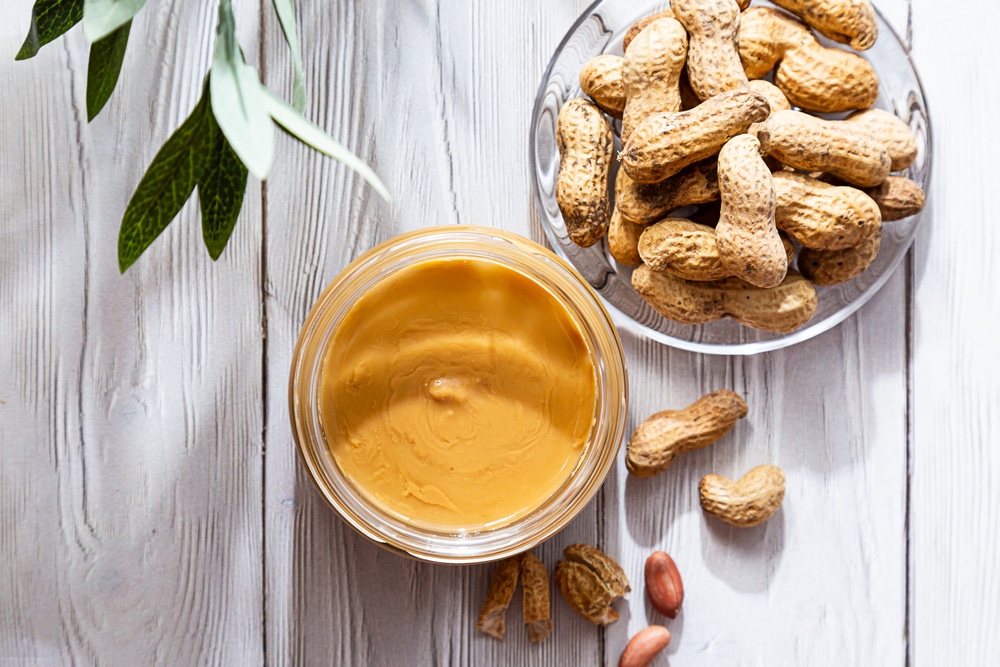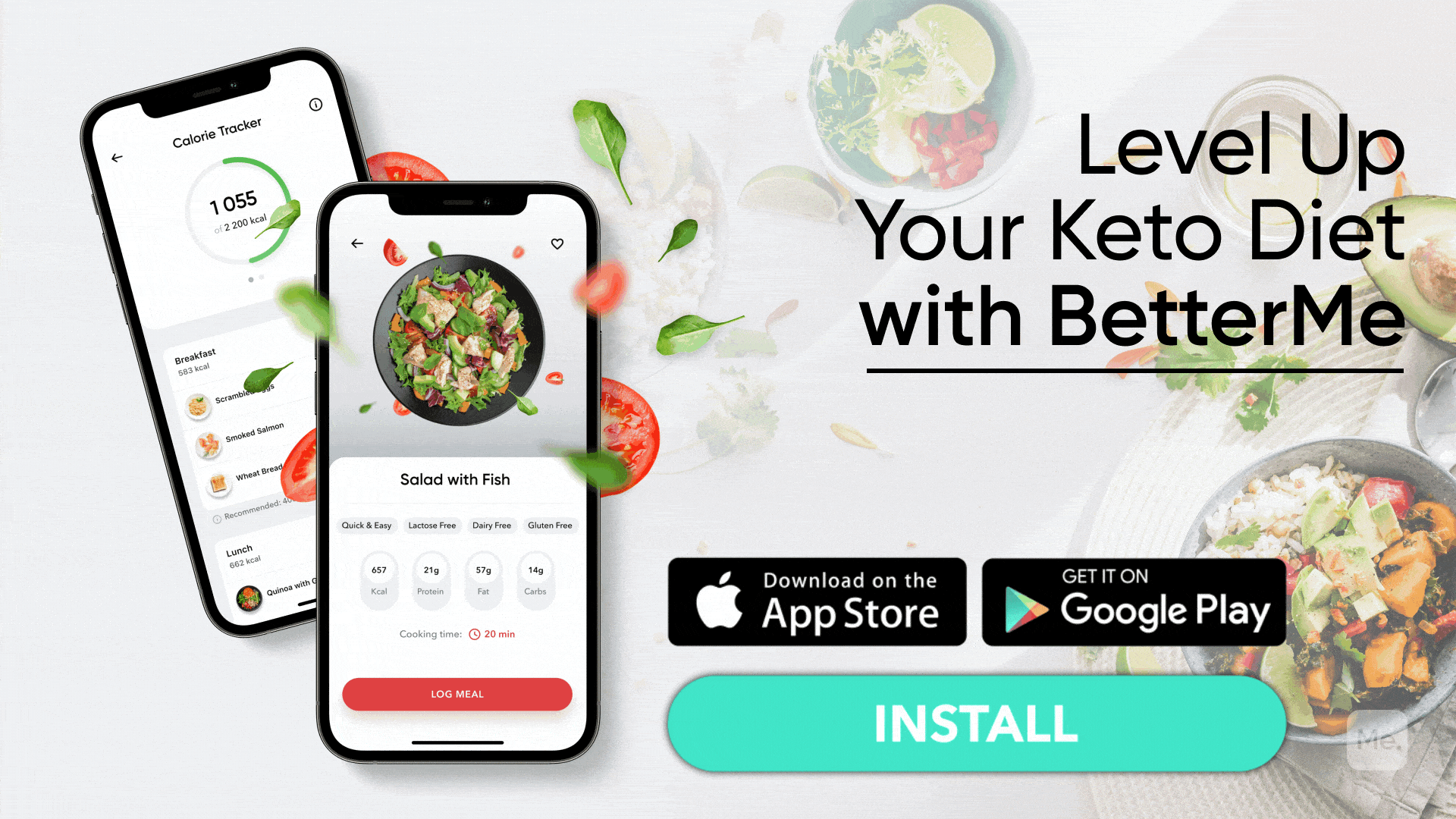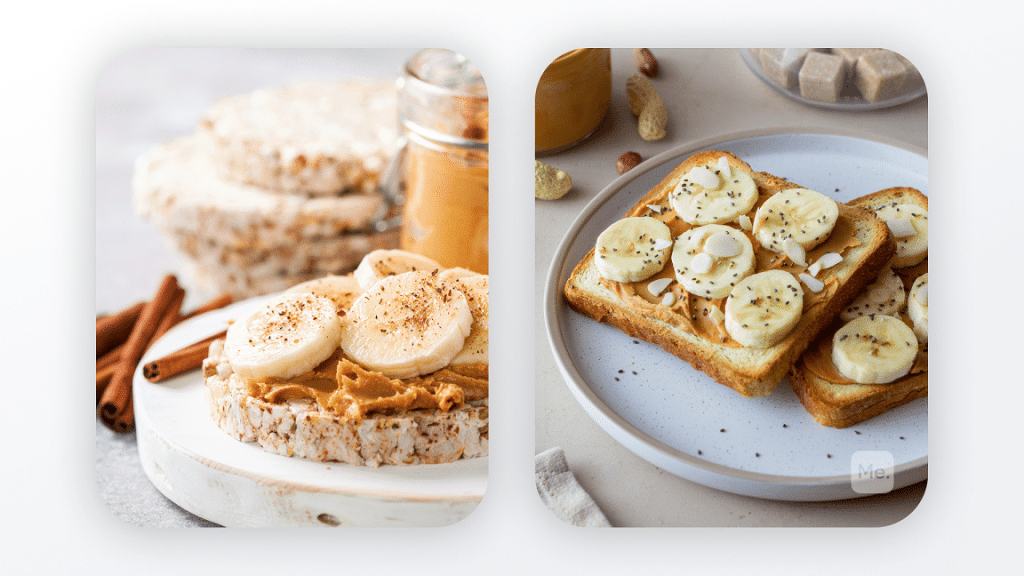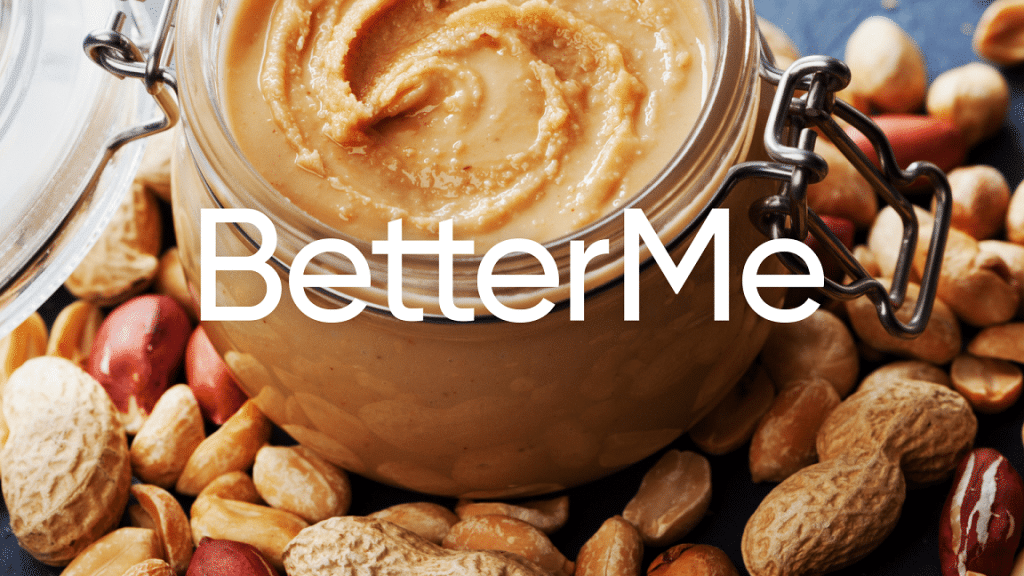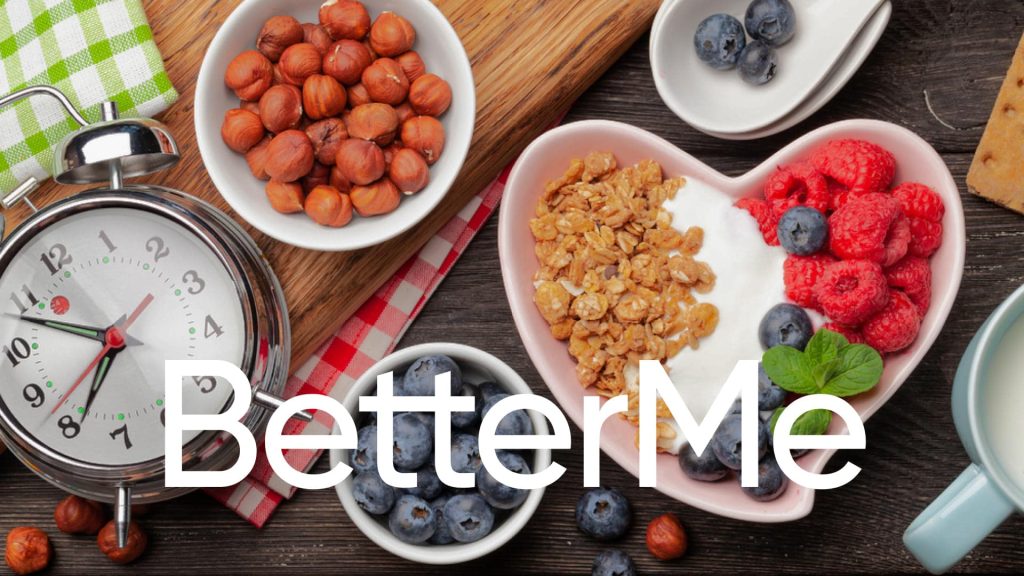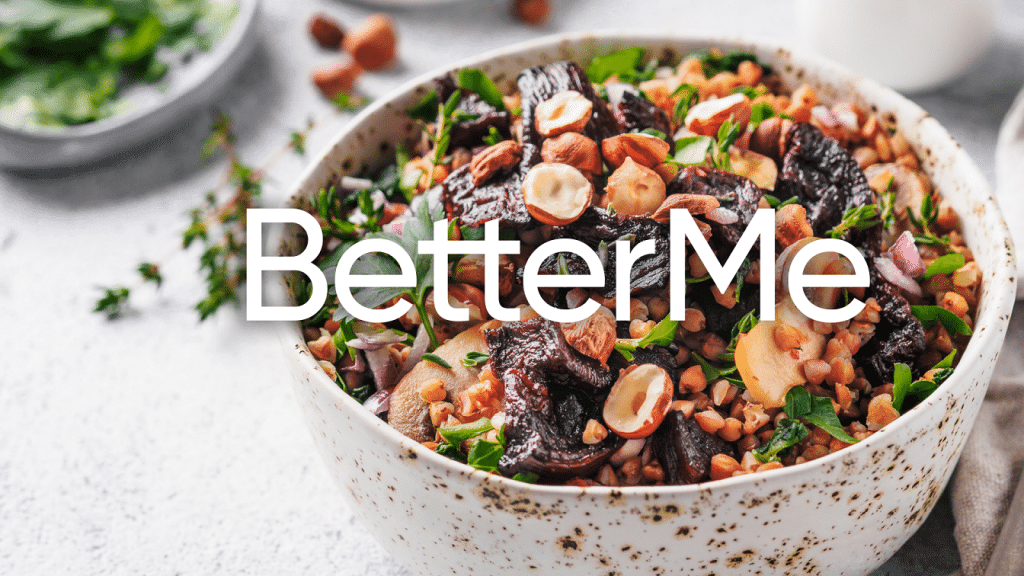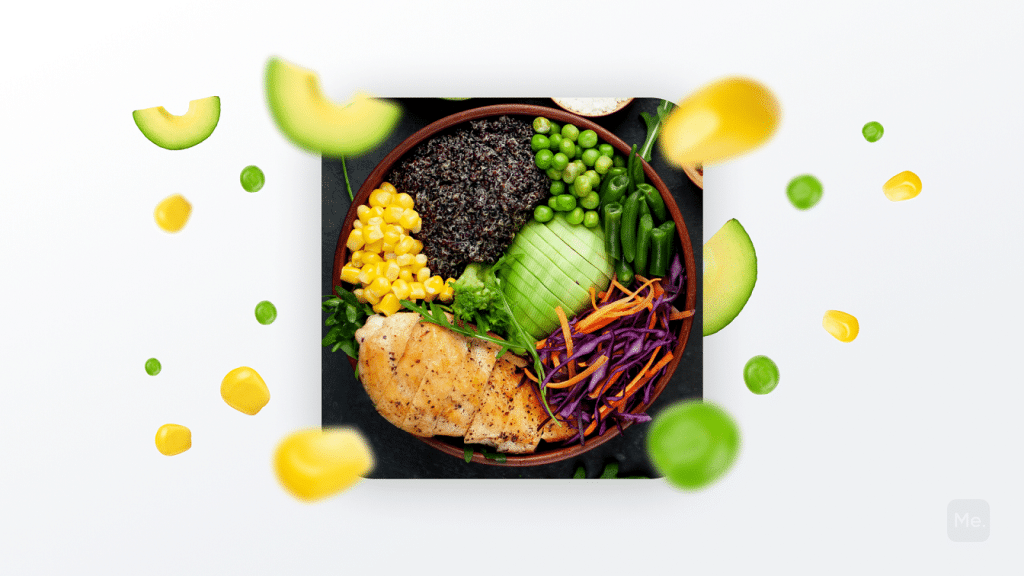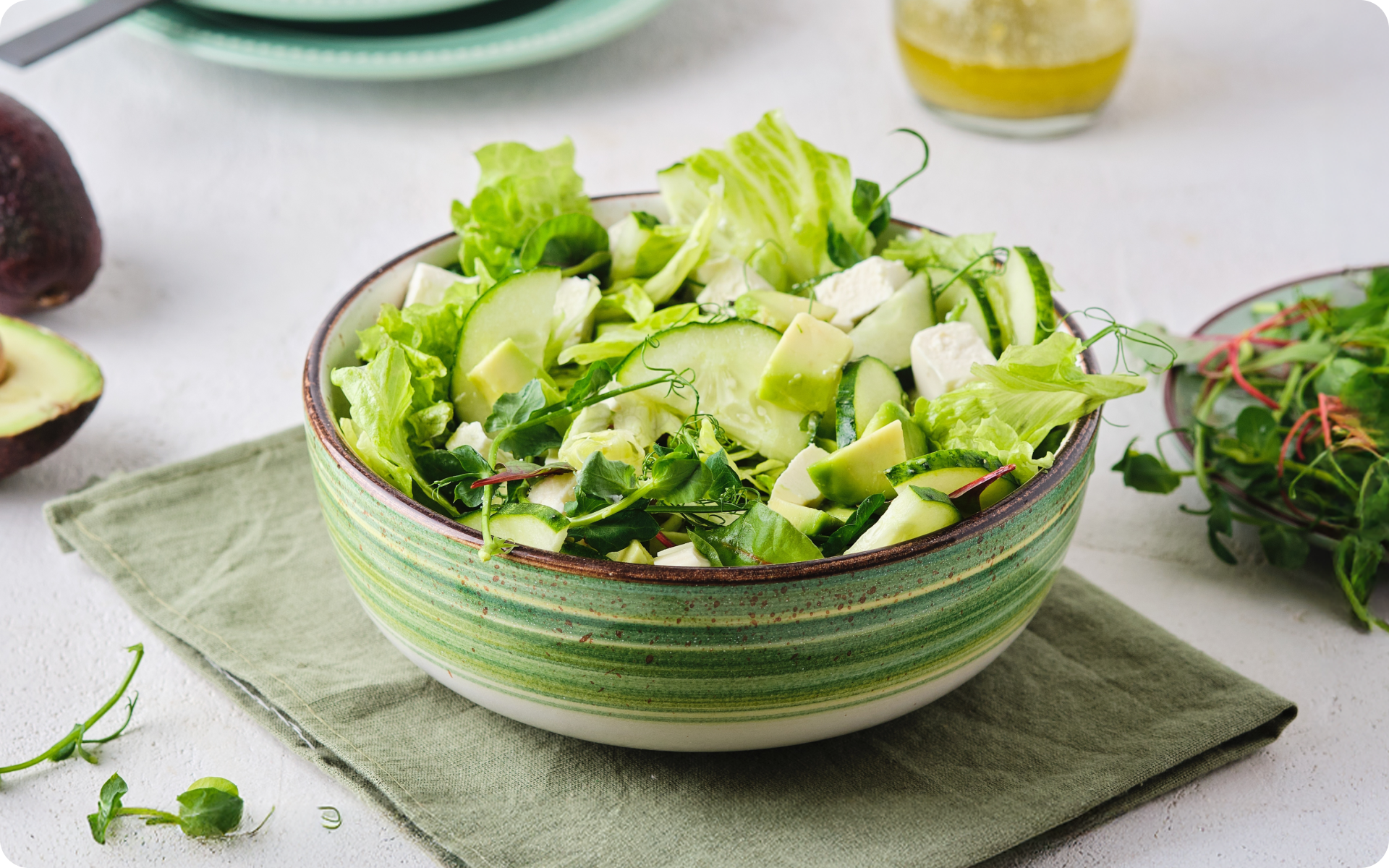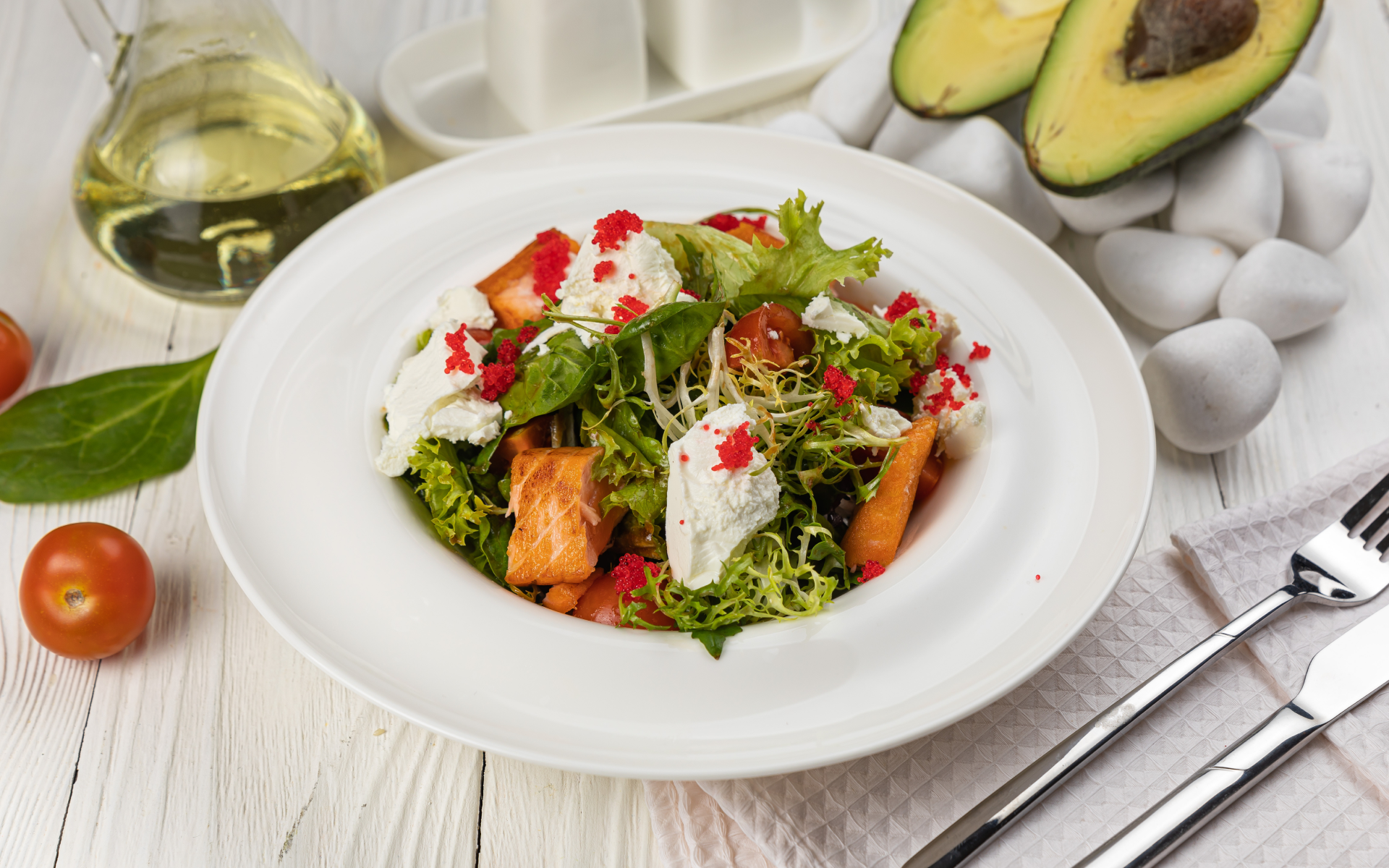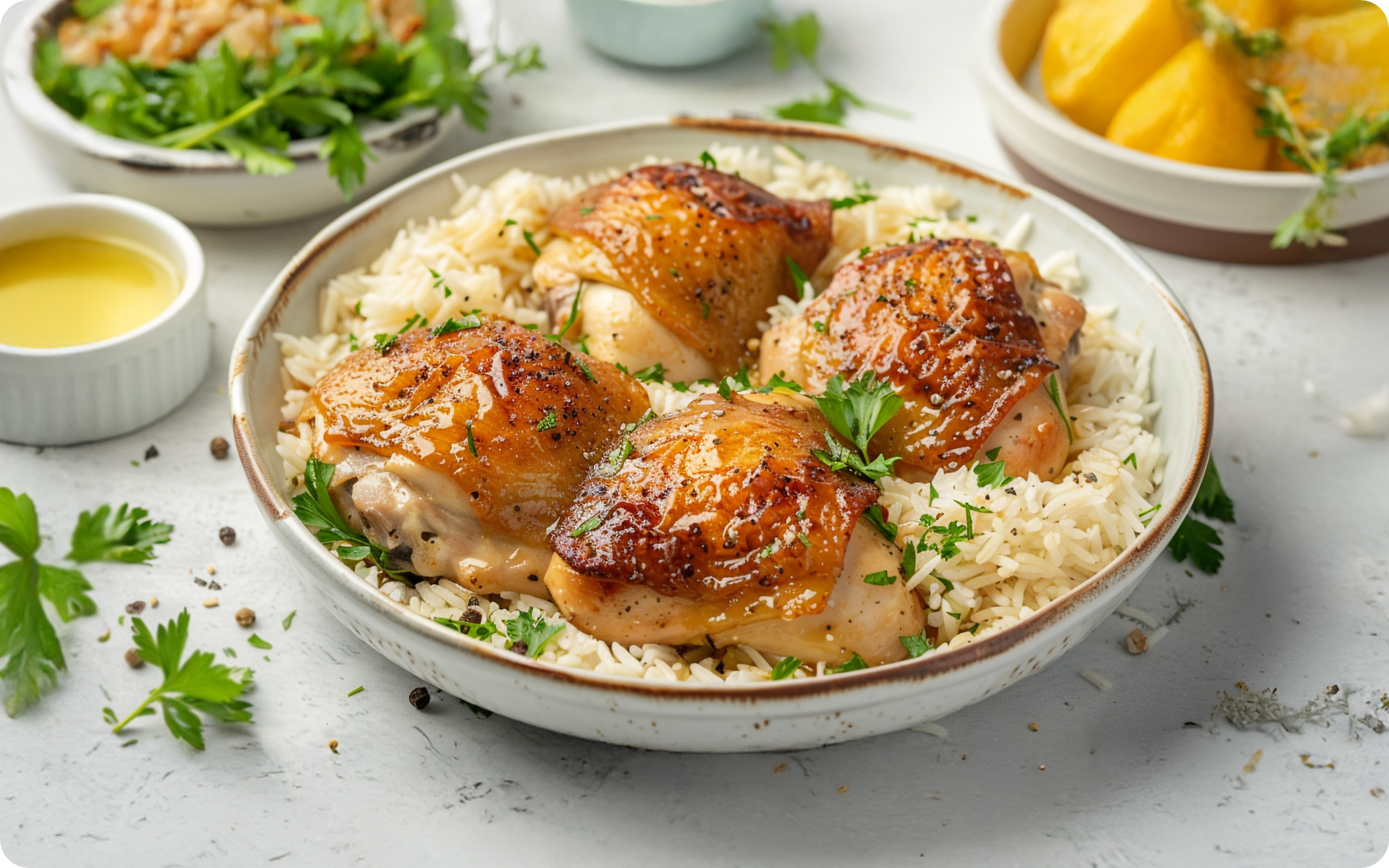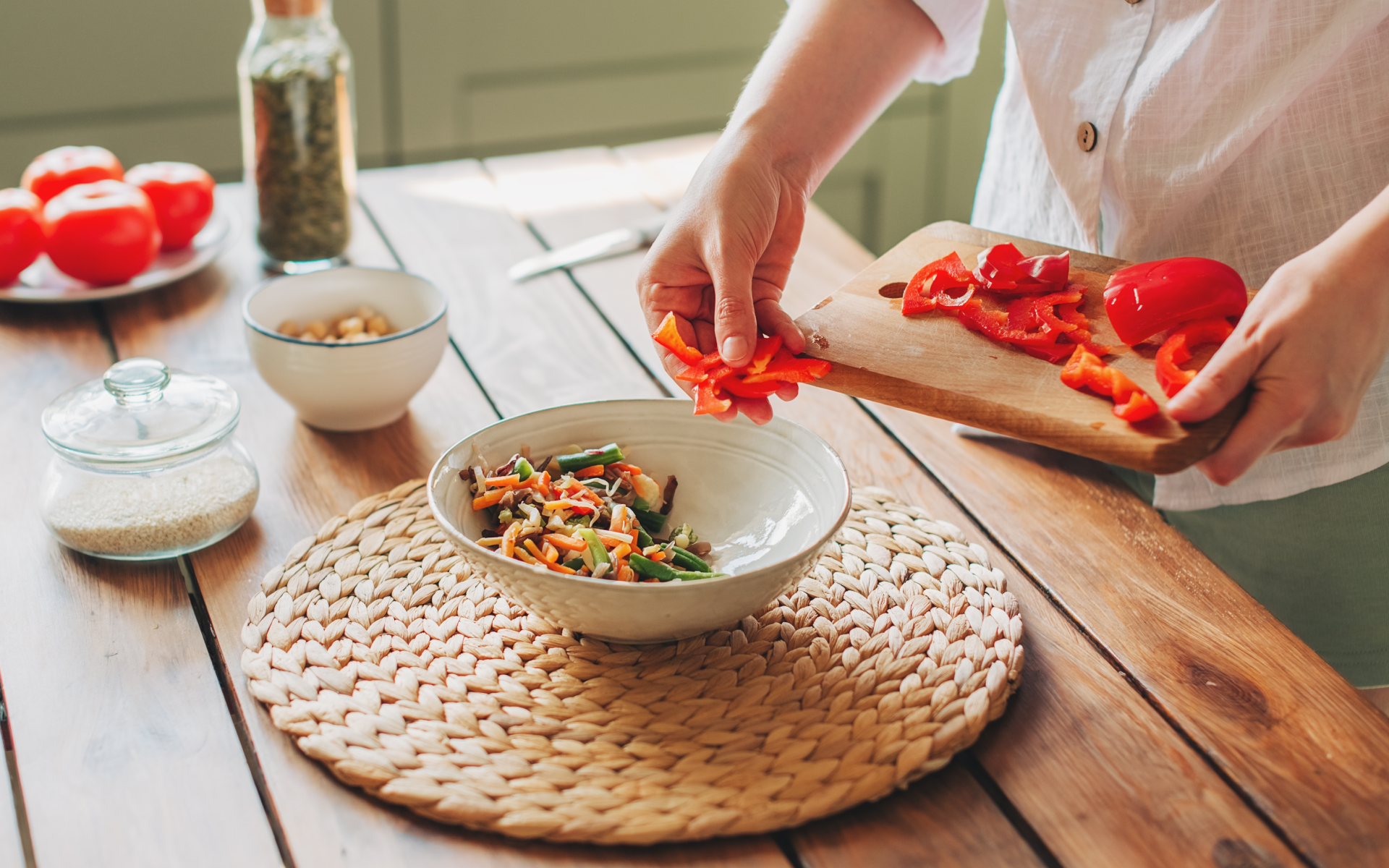If you are on the ketogenic diet (affectionately known as the keto diet), you should choose foods containing the right macronutrient ratio. There are certain types of meals you should have, but what about peanut butter which contains proteins, carbs, and fats? Should you include peanut butter on keto diet? If you shouldn’t, then what is life like in the keto diet?
Peanut butter is one of the most popular spreads in the world. It is delicious and has a superb texture. Here is what you need to know about peanuts and the ketogenic diet.
What Is The Keto Diet?
The keto diet is a high-fat and low-carb meal plan that is similar to other low-carb diets.
The diet focuses on reducing your carbohydrate intake and replacing them with fat. This reduction of carbs leads to a body state known as ketosis.
In this state, your body will burn a lot of fats for energy. Your liver will turn fat into ketones which will supply energy to your brain (5).
This diet causes a significant reduction in your blood sugar and insulin levels. This effect, along with the increased production of ketones, may have some significant health benefits.
There are several types of keto diet. They include the following:
- Standard Keto Diet (SKD): Involves reduced carbohydrates, moderate proteins, and high-fat meals. The diet comprises 70% fats, 20% proteins, and just 10% of carbs (5).
- Cyclical Keto diet (CKD): Here, you are supposed to alternate carb and keto days. For instance, you can have five keto days followed by 1 or 2 high carb days.
- Target Keto Diet (TKD): This plan allows you to add carbs when working out.
- High Protein Keto Diet (HPKD): Similar to SKD, but includes more proteins. The ratio of micronutrients is 5% carbs, 35% proteins, and 60% fats.
Read More: Types Of Keto Diet: Which Is Right For You?
Can I Use Peanut Butter On Keto Diet?
Peanut butter is unprocessed food. It is just peanuts that are roasted and ground till they become a paste.
Peanuts are rich in fat. The substance that sticks on the roof of your mouth when eating peanut butter on keto diet is fat.
As explained in the above section, a ketogenic diet prizes fats so that you are supposed to consume up to 70% of your daily energy from them. To reach such a target, you need to consume foods full of fats and low in carbs.
100 grams of this spread contains the following (4):
- 20 grams of carbs, 6 of which will be fiber. You will get 13% of its total calories from this macronutrient
- 25 grams of proteins containing 15% of calories
- 50 grams of fat-containing about 72% of total calories
Since peanut butter is high in fats and has fewer carbohydrates, then you should be in the clear, right?
Benefits Of Peanut Butter On Keto Diet
Including peanuts on your ketogenic plan has a lot of benefits. One of them is that you will quickly hit your daily fat targets. Here are other gains you will accrue from the consumption of the paste:
-
Peanuts Are Good Sources Of Proteins
Even though this spread is relatively rich in proteins, it contains fewer methionine amino acids.
Remember that peanuts are legumes. Proteins from legumes have low cysteine and methionine compared to those obtained from animals.
You can easily get the methionine you need from other protein sources, and cysteine is not essential, meaning that your body can produce it on its own.
-
Contains Few Carbs
Pure peanuts contain only 20% carbohydrates, with a significant portion being fiber. This makes them more suitable for use in the keto diet.
When you consume them, you will have a lower rise in blood sugar levels. Hence, it is a perfect alternative for people living with type 2 diabetes.
One study involving female subjects concluded women who ate peanut butter five or more times every week had a 21% lower risk of diabetes than those who never or almost never ate peanut butter (7).
-
Contains Healthy Fats
Pure peanut butter is rich in fats. Consuming moderate amounts of the spread or even whole peanuts works well, especially if you are on a weight loss diet such as keto.
Half of the fats in this foodstuff are made up of oleic acid. These are perfectly healthy monounsaturated fats which are also present in olive oil.
Consuming oleic acid has been shown to have several benefits, such as efficient insulin sensitivity (2).
The spread also contains linoleic acid, which is abundant in omega-6 fatty acid. Some research suggests that a high intake of this fatty acid may increase the risk of chronic diseases and body inflammation.
However, not all researchers are convinced that omega-6 fatty acids are not good. High-quality studies suggest that linoleic acid doesn’t raise inflammatory markers in your body(14). Linoleic acid is also considered an essential fatty acid which we require in certain amounts.
If you’ve mustered up the courage to crush your weight loss goal, let Betterme take the sting out of this demanding process. Our app will help you restructure your habits, remold your life and crank up your fitness results!
-
Peanuts Are Rich In Essential Vitamins And Minerals
100 grams of the legume will give you the following macronutrients:
- Vitamin E – 45% of RDA
- Vitamin B3 – 67% of RDA
- Manganese – 73% of RDA
- Copper – 24% of RDA
- Magnesium – 39% of RDA
- Folate – 18% of RDA
- Vitamin B6 – 27% of RDA
-
Rich In Antioxidants
Like any other food or legume, peanuts contain more than the basic minerals and vitamins. They also contain a lot of other biologically functional nutrients which have some benefits attached to them.
The spread is said to be rich in antioxidants such as p-coumaric acid, which are capable of reducing arthritis in rats (8).
The foodstuff also contains resveratrol, which reduces the risk of chronic and heart diseases in animals. The compound is said to have tons of other benefits, although research is limited.
What Kind Of Peanut Butter On Keto Diet Is The Best?
Not all kinds of peanut butter are supposed to be consumed when you are on a keto diet.
Before grabbing that soup spoon to dig some peanut out of the jar, there are a few essential things you should consider.
Many commercial brands out there contain many added ingredients such as sugars, trans fats, vegetable oils, and so forth. Eating a lot of added sugar has been linked with weight gain and various heart disease conditions (1).
If you are serious about the keto diet, you need to read these spreads’ labels. Chose the brand with the following characteristics:
- No added sugars
- No added oils
- The one with no flavors
- No added fats
In short, you need natural peanut butter on the keto diet. If there is any other added ingredient, other than maybe salt, that should be all. You can have better control of the ingredients in your spread if you make it by yourself.
Read More: Benefits Of Peanuts For Weight Loss
How To Make Homemade Peanut Butter Spread On The Keto Diet
Making a homemade spread for the keto diet is one of the best things you can do. You will consume butter which has the perfect nutrient content.
You have the control; the amount of salt and ingredients you use is up to you.
You will need the following ingredients:
- 2 cups of shelled peanuts
- Half teaspoon of salt
You will need a food processor or blender. Follow the steps below. Do not follow any of the steps below if you prefer consuming raw peanuts. However, you should note that roasting them gives them a deep flavor and loosens their fats.
- Roast peanuts. Use your oven to do so. Heat it to 350 degrees. Place your peanuts on a baking sheet. Bake them lightly until they are golden brown and glossy with oil.
- Cool the nuts for about 5 minutes. They should be warm and not cold.
- Transfer them to a blender, food processor, or grinder.
- Run your blender or food processor continuously for one minute
- Stop the blender and scrape down its sides. Your peanuts should be gritty and almost dry.
- Run your processor for another one minute. Stop and scrape down its sides. At this point, your peanuts should have started clumping together.
- Process for another minute. Stop and scrape its sides down. At this stage, your peanut will be soft and glossy.
- Add some salt on top of the peanut.
- Process the butter for additional 2 minutes. Once done, taste and add more salt if need be.
- Transfer the contents to a storage container. You can cover and refrigerate it immediately.
Why Is Peanut Butter With No Sugar Allowed On Keto Diet But Not On Paleo?
The paleo diet, often referred to as the caveman diet, focuses on only available diets to the early man (9).
The diet’s governing theory is that modern food systems include processing techniques that are damaging to human health. The diet eliminates sugars, grains, legumes, and most dairy sources.
A Keto diet, on the other hand, only focuses on eliminating carbs from your diet. Peanut butter, being primarily composed of fats, is allowed only when it has no added ingredients such as sugar.
In a paleo diet, you can’t consume legumes. Peanut butter being a legume, is not allowed even if it contains zero added sugars.
How Much Peanut Butter On The Keto Diet Should You Eat Every Day?
Even though peanuts are a good source of healthy fats, they contain carbs and proteins too.
This means that you must stick to a serving size of not more than two tablespoons. Medical News Today reports that your body only enters the state of ketosis when it starts to burn fats instead of carbs (15).
The source further suggests keeping your carb intake under 10% of your daily intake to potentially lose weight and maintain ketosis.
Eating too many carbohydrates is what kicks you out of this state and makes your body stop burning fats. So, follow the serving size of peanut butter wisely.
If you are on a 2000 calorie plan, then do not take more than 50 grams of carbs every day. Peanut butter can fit into the 50 grams if you stick to the correct serving size.
Reasons why BetterMe is a safe bet: a wide range of calorie-blasting workouts, finger-licking recipes, 24/7 support, challenges that’ll keep you on your best game, and that just scratches the surface! Start using our app and watch the magic happen.
Things To Put Peanut Butter On For Keto Diet
So, how do you incorporate peanut butter into your keto lifestyle?
Well, this spread is only great as a snack. Remember that you want to stay under 50 grams which are basically around two tablespoons.
While on the keto diet, peanut butter is excellent in the following instances:
- As a pre-workout snack that will help fuel your exercises
- To satisfy your cravings for sugar that arises in the initial keto stages.
- When you have limited food options or are traveling, you want to stay in a ketosis state.
If you must spread it or combine it with other foods, then here is what to eat with peanut butter on the keto diet (3):
- Dip pork chops in it
- Spread it on fried eggs
- Use it in your tuna salad.
- Deep sautéed broccoli in peanut
- Consume alongside cheese
- Scoop it into full-fat yogurt
- Spread it on cauliflower rice
- Top it up on coconut milk, chia seeds, and walnuts mixture
- Dip coconut chips in peanut
Conclusion
Adding peanut butter to the keto diet will enable you to hit your fat targets easily. However, the spread is rich in other nutrients such as proteins and carbs. Hence, it should be consumed in moderation to avoid getting out of the ketosis state.
DISCLAIMER:
This article is intended for general informational purposes only and does not address individual circumstances. It is not a substitute for professional advice or help and should not be relied on to make decisions of any kind. Any action you take upon the information presented in this article is strictly at your own risk and responsibility!
SOURCES:
- Added Sugars and Cardiovascular Disease Risk in Children: A Scientific Statement From the American Heart Association (2017, pubmed.ncbi.nlm.nih.gov)
- Diabetes and the Mediterranean diet: a beneficial effect of oleic acid on insulin sensitivity, adipocyte glucose transport and endothelium-dependent vasoreactivity (2000, pubmed.ncbi.nlm.nih.gov)
- Don’t Ditch These ‘Fattening’ Foods When You’re on a Diet (2008, webmd.com)
- Is peanut butter good for you? (2018, medicalnewstoday.com)
- Ketogenic Diet (2020, ncbi.nlm.nih.gov)
- Natural occurrence of aflatoxins in peanuts and peanut butter from Bulawayo, Zimbabwe (2014, pubmed.ncbi.nlm.nih.gov)
- Nut and peanut butter consumption and risk of type 2 diabetes in women (2002, pubmed.ncbi.nlm.nih.gov)
- p-Coumaric acid, a dietary polyphenol ameliorates inflammation and curtails cartilage and bone erosion in the rheumatoid arthritis rat model (2017, pubmed.ncbi.nlm.nih.gov)
- Paleo diet: What is it and why is it so popular? (2020, mayoclinic.org)
- Peanut butter intake, GSTM1 genotype and hepatocellular carcinoma: a case-control study in Sudan (2011, pubmed.ncbi.nlm.nih.gov)
- Safer Food For a Healthier You (2009, webmd.com)
- The health benefits of almonds (2019, medicalnewstoday.com)
- The impact of dietary methionine restriction on biomarkers of metabolic health (2014, pubmed.ncbi.nlm.nih.gov)
- Vegetable Oils Do Not Cause Inflammation (2013, medicalnewstoday.com)
- What to know about ketosis (2020, medicalnewstoday.com)
